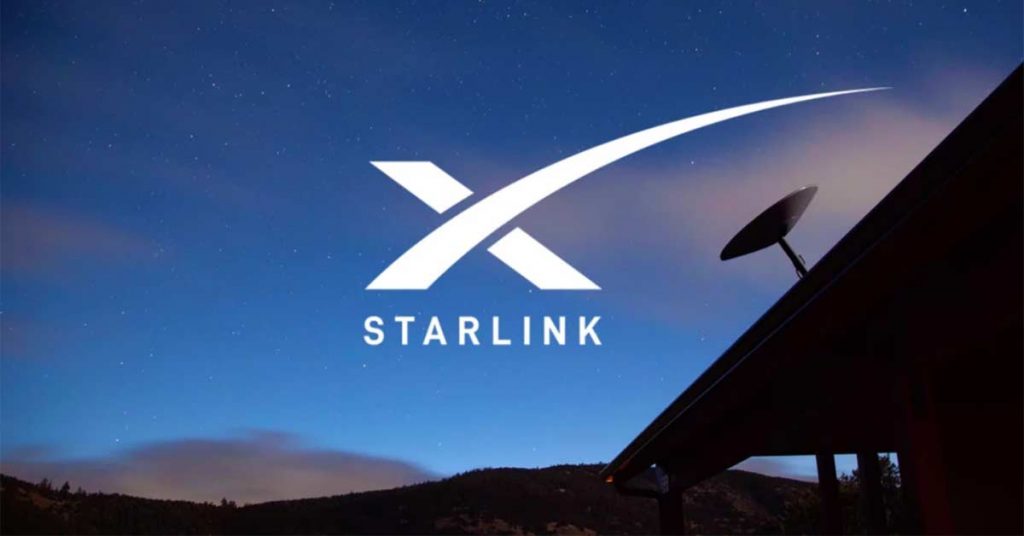Can Starlink’s D2D have an impact for consumers?
January 8, 2024

Last week SpaceX launched six of its Starlink satellites with ‘direct-to-device’ cellular possibilities. The technology will allow Starlink to deliver direct satellite broadband connectivity on smartphones anywhere on the planet. The technology will also connect internet of things (IoT) devices with common LTE mobile standards.
One consumer journal has already described these Starlink devices as being truly “amazing” in their potential. Starlink will offer an initial SMS service in conjunction with US-based T-Mobile this year and with “voice, data and IoT services to follow in 2025” says SpaceX.
The concept is for Starlink to create a global phone service, untethered to national geographies and their frequently punitive roaming costs. There is, of course, no such thing as a free lunch. There will be costs but – hopefully – they will be affordable and in the light of other competing sat-phone services, attractive.
Currently, SpaceX has partnered with T-Mobile for its ‘Direct to Cell’ initiative, and in Canada, with Rogers Communications. It’s also planning to offer the service in Australia, Switzerland, New Zealand, Chile, Peru and with KDDI in Japan.
SpaceX says that more than half a million square miles in the US alone, and huge stretches of ocean around the planet, are unreachable by terrestrial network coverage. Field tests to and from the orbiting satellite will begin “soon” according to SpaceX.
Dr Sara Spangelo, SpaceX’s director of satellite engineering, said the launch was “an exciting milestone” for the company to demonstrate its new technology, which would be scaled up “rapidly” with partner operators around the world.
Mike Katz, President/Marketing, Innovation & Experience at T-Mobile US, said: “This is another step forward in keeping our customers connected even in the most remote locations as we work to make dead zones a thing of the past.”
SpaceX is planning for 42,000 satellites to be deployed over time. SpaceX says that it will launch an additional 834 Direct-To-Cell satellites by mid-year 2024. SpaceX told the FCC last November that “we expect to launch and operate approximately 840 direct-to-cell capable satellites over the next six months, with additional launches continuing after that period to ensure that we can launch a critical mass of satellites in time to deliver commercial service later in 2024.”
SpaceX is not alone in seeking these new business opportunities. Globalstar is already working with Apple on similar services (and will be launching new satellites in 2025) while Lynk Global also has Direct-to-Cell in its sights with a promised 5,000 satellite constellation. AST SpaceMobile already has its massive BlueWalker-3 craft in orbit and claims terrestrial agreements and understandings with more than 40 cellular operators to provide service.
Competition is good, and the consumer should benefit once these systems are operational.
Other posts by Chris Forrester:
- Intelsat C-band ‘insider trading’ case dismissed
- UK Space Agency funds de-orbit scheme for OneWeb
- AST SpaceMobile to launch satellites in August
- SpaceRISE silent on reports of demise
- Project Kuiper seeks India licence
- FAA suspends SpaceX launches
- SpaceX vs AST SpaceMobile
- Eumetsat explains Ariane 6 cancellation
- AST SpaceMobile examines emergency call obligations
